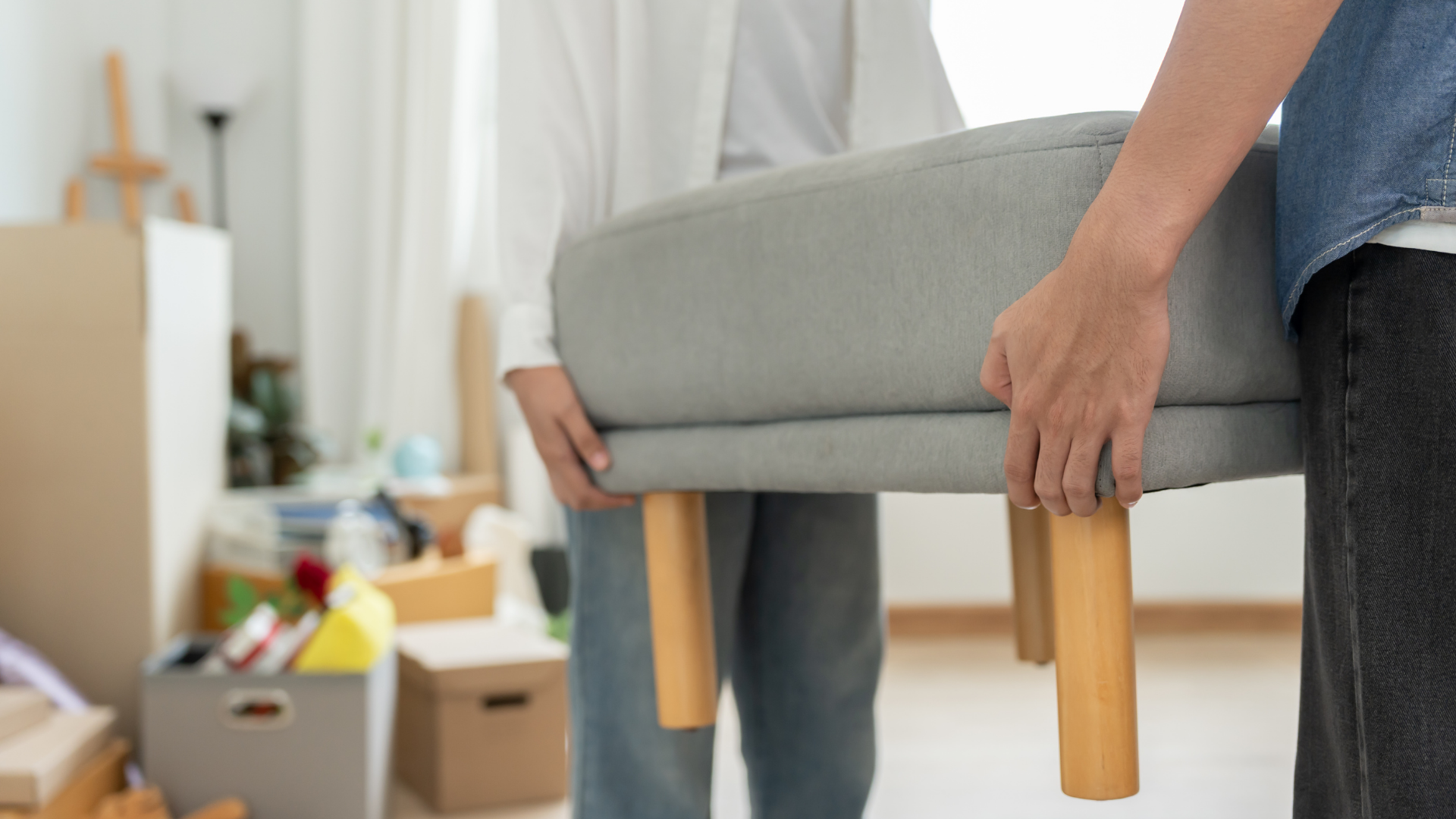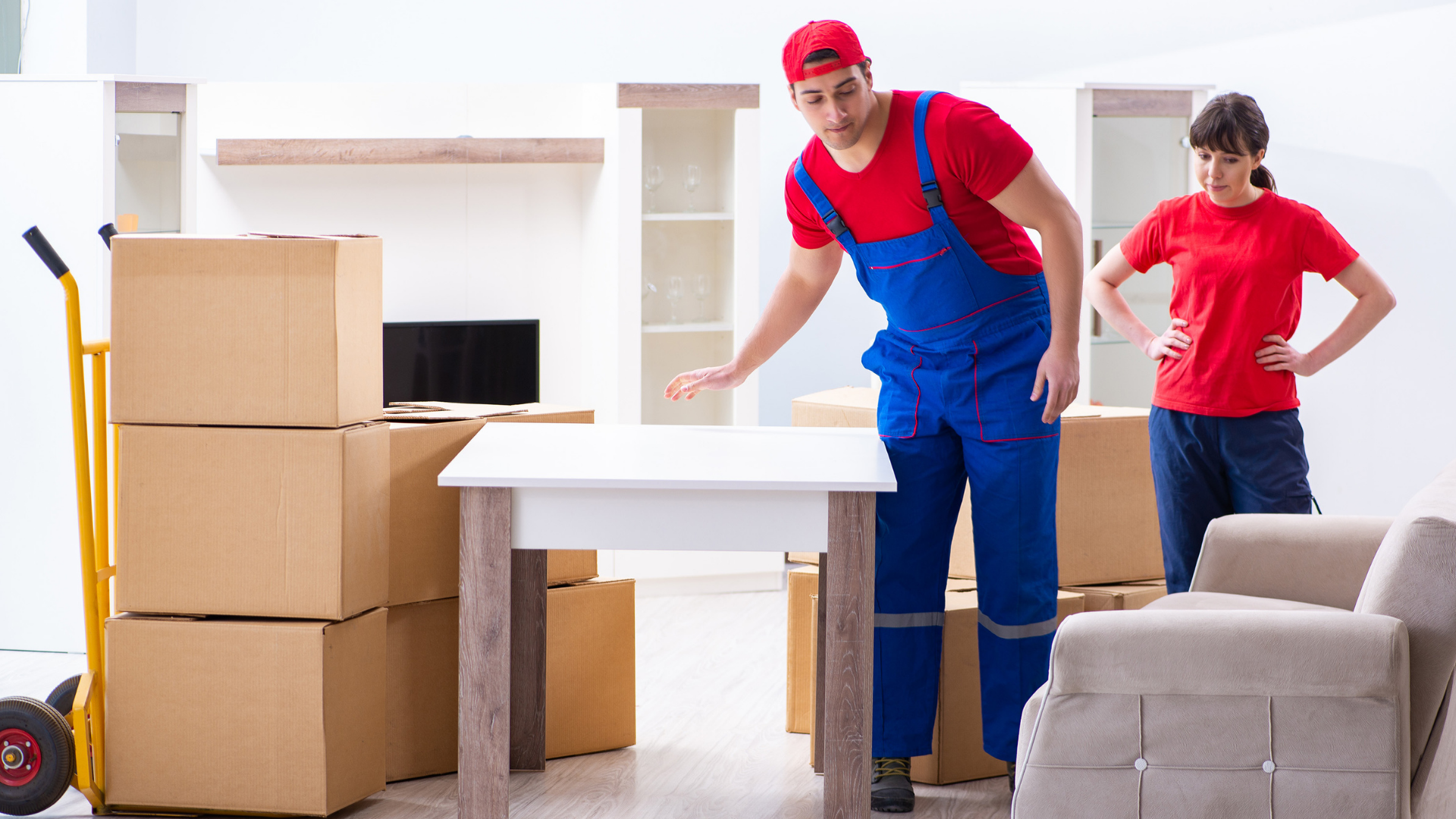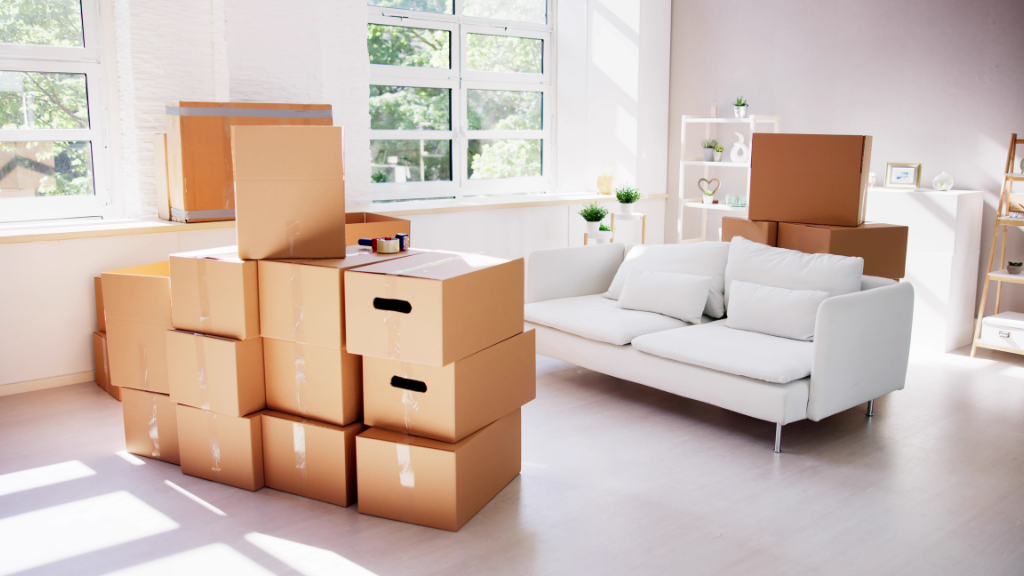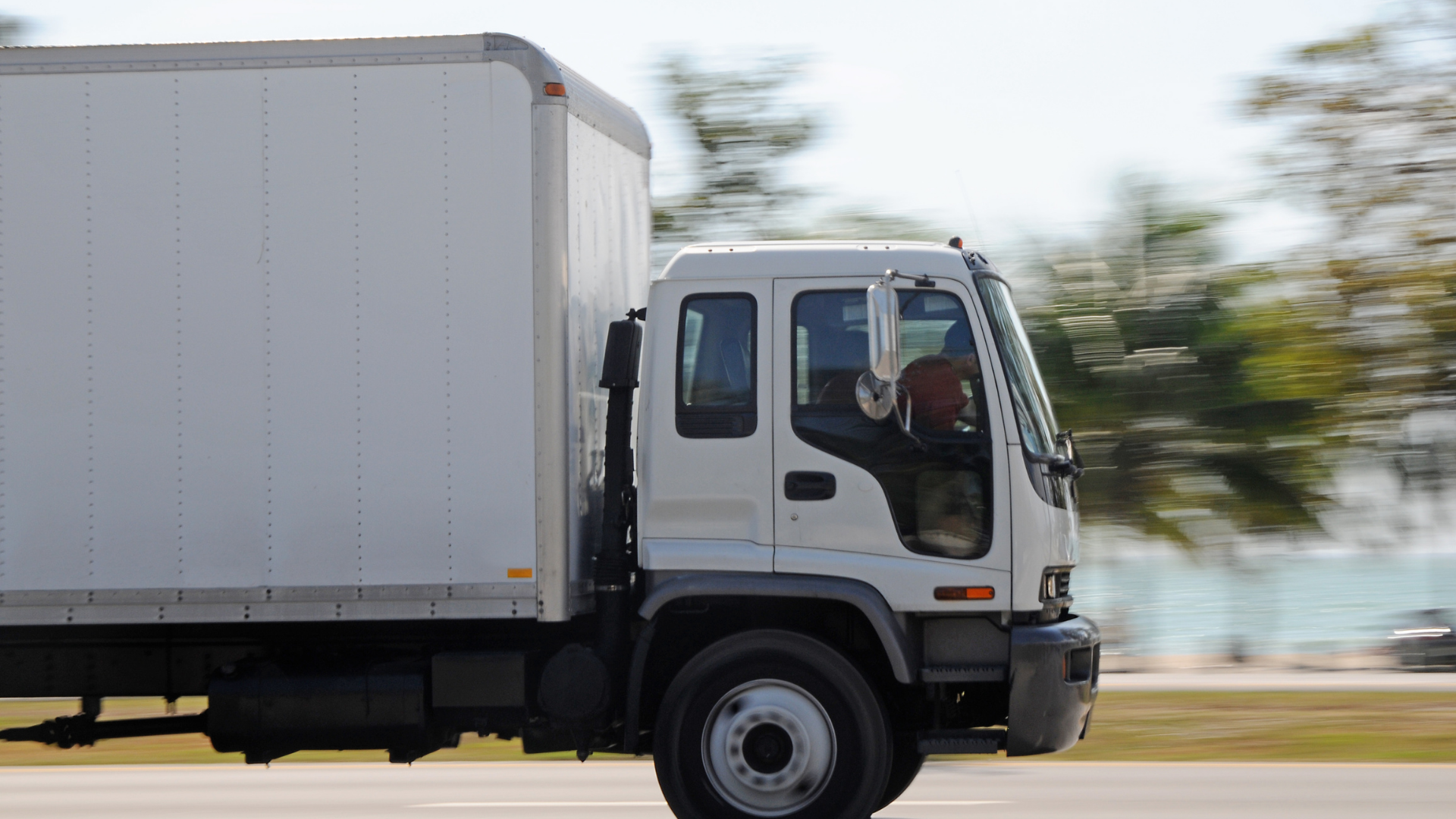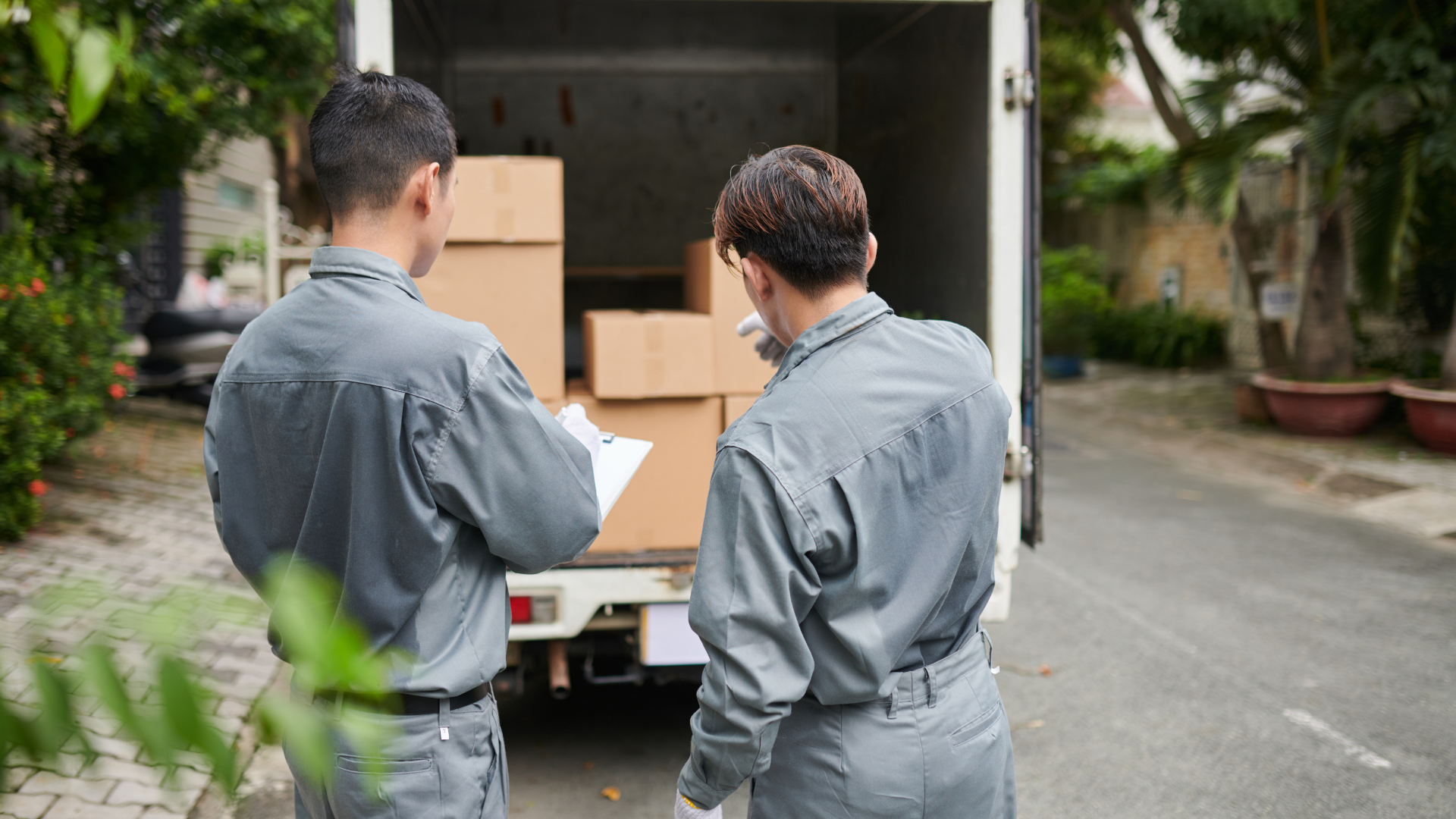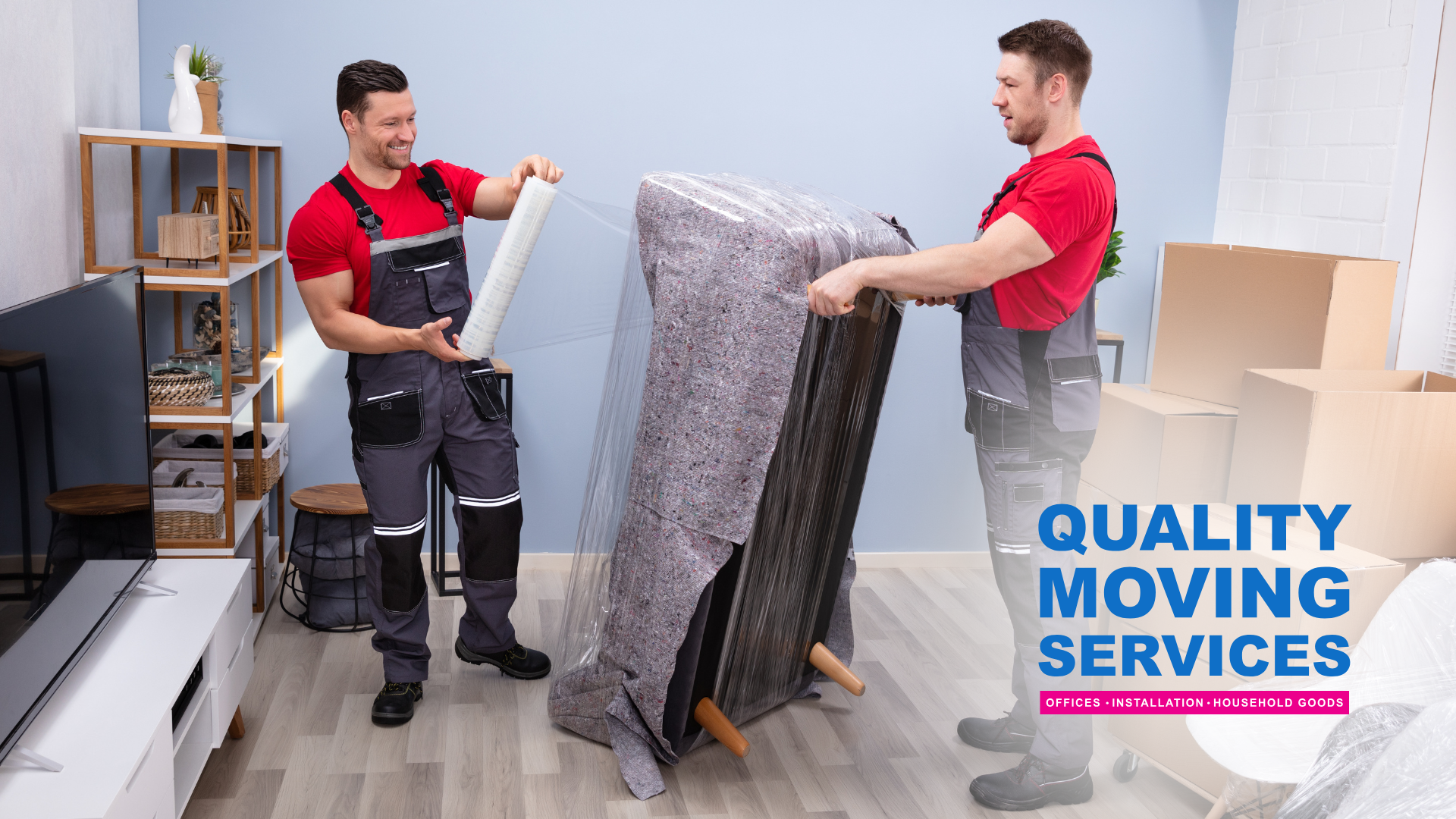How to Prevent Furniture Damage While Moving: Expert Tips for a Stress-Free Move

Introduction
Moving to a new home can be exciting — a fresh start, new spaces, and endless possibilities. But between the anticipation and the logistics, one major concern stands out for most homeowners: how to prevent furniture damage while moving.
Scratched tables, chipped cabinets, or torn upholstery can turn what should be a joyous move into a stressful experience. Furniture often holds not just monetary value but also sentimental worth — heirlooms, hand-crafted pieces, or that cozy couch where countless memories were made.
Thankfully, with a thoughtful approach, the right materials, and proper handling techniques, you can significantly minimize the risk of damage. This guide walks you through everything you need to know to protect your furniture during relocation — from packing and loading to transport and unpacking.
1. Start with a Detailed Moving Plan
Every successful move begins with a solid plan. Before you start wrapping and packing, take time to assess each piece of furniture and identify what needs extra care.
Here’s what your plan should include:
- Inventory list: Note each furniture item, its condition, and any existing damage (take photos if possible).
- Measurements: Measure doorways, hallways, and stairwells in your new home to ensure each piece fits easily.
- Packing priority: Determine which items to move first and which can wait until last.
Creating a detailed plan helps you stay organized and ensures nothing is overlooked. Moving companies often provide checklists and planning tools to simplify this step — saving time and reducing stress.
2. Clean and Disassemble Before Packing
Dust, debris, and moisture can scratch or stain furniture during transport. Always clean each item thoroughly before wrapping it. Use gentle cleaners suitable for the material — for example, wood-safe polish for tables and mild fabric cleaner for upholstered chairs.
Once clean, disassemble large or delicate furniture pieces to make them easier to move.
- Remove table legs, glass tops, and drawers.
- Label each component and store screws and bolts in small plastic bags taped to the furniture.
- Keep instructions or assembly photos handy to make reassembly faster.
Taking furniture apart might feel tedious, but it dramatically reduces the chance of scratches and structural damage during loading.
3. Choose the Right Packing Materials
Protecting furniture during a move starts with selecting high-quality packing supplies. While it may be tempting to save money by using old sheets or thin blankets, these materials often offer minimal protection against scratches, dents, and moisture.
Here’s what you’ll need for maximum safety and durability:
- Moving blankets: Thick, padded covers that cushion large items like dressers, wardrobes, and tables.
- Bubble wrap: Ideal for fragile materials such as glass, mirrors, or ceramics that need extra shock absorption.
- Stretch plastic wrap: Keeps drawers, doors, and cushions securely in place while providing a moisture barrier.
- Furniture pads or foam sheets: Prevent friction and dents when items are stacked or transported closely together.
- Cardboard corners: Protect vulnerable edges from chips, scrapes, and impacts.
- Plastic bags: Perfect for soft items like couch cushions, blankets, or pillows. Seal them tightly to protect against dust, dirt, and rain. Many moving companies sell or provide these.
- Mattress bags: Available in a variety of sizes — from twin to king — these are essential for keeping mattresses clean, dry, and free of tears during the move.
When securing wraps, use plenty of packing tape, but avoid sticking it directly to finished wood or polished surfaces, as adhesives can damage the finish.
Professional movers, use commercial-grade padding and wrapping materials to ensure your furniture remains protected from start to finish — with no residue or surface damage.
4. Protect Corners, Edges, and Surfaces
Corners and edges are the most damage-prone areas during a move. Even a small bump against a door frame can leave a noticeable dent or chip. Use foam padding, corner guards, or edge protectors to safeguard these vulnerable spots.
For wooden furniture, place an extra layer of soft fabric beneath bubble wrap to prevent abrasion. Upholstered furniture, on the other hand, benefits from breathable covers that keep dust away while allowing airflow to prevent mildew.
If you’re moving during rainy or humid weather, waterproof covers are essential — Quality Moving Service often uses weather-resistant wraps for extra moisture protection during transport.
5. Use Proper Lifting and Carrying Techniques
How you move furniture matters just as much as how you pack it. Dragging furniture across floors or twisting awkwardly while lifting can result in scratches, broken legs, or even personal injury.
Here are key tips for safe lifting:
- Always
bend at the knees, not the waist.
- Keep the object
close to your body for better control.
- Lift with a partner for large or heavy items.
- Use
moving straps or dollies for stability.
Avoid tilting items that contain drawers or delicate joints, and never stack heavy furniture on top of lighter pieces during transport.
Trained movers use professional lifting equipment and techniques to ensure both your belongings and your home remain unharmed.
6. Load the Moving Truck Strategically
Once everything is packed and padded, loading the truck is your next challenge. Poorly balanced loads can lead to tipping or sliding, resulting in broken items before you even reach your destination.
Follow these best practices for loading:
- Place
heavier furniture pieces like dressers, sofas, and bed frames at the bottom.
- Use
tie-down straps or ropes to secure each section of the load.
- Avoid leaving gaps that allow items to shift.
- Place
fragile items and boxes on top and away from corners or doors.
A skilled moving crew knows how to distribute weight evenly and stabilize items for long-distance trips. We specializes in truck-loading strategies that minimize movement and protect every piece throughout transit.
7. Handle Unloading and Unpacking with Patience
The rush to get everything unloaded can sometimes lead to accidents. When you arrive at your new home, take your time.
- Unload
heavier items first to create space.
- Check your
inventory list and inspect each item as it comes off the truck.
- Remove packing materials carefully to avoid scratches from sharp tools or scissors.
It’s also smart to have movers place furniture directly in the rooms where they belong. This avoids unnecessary handling and potential collisions with walls or floors.
8. Consider Professional Moving Help
While a DIY move might seem cost-effective, the risk of damaging expensive or sentimental furniture can far outweigh the savings. Professional movers provide experience, tools, and insurance coverage that most homeowners simply don’t have.
By choosing a reputable company like us, you gain access to:
- Expert packing and disassembly assistance
- Proper loading and unloading techniques
- Protective materials and equipment
- Insurance coverage for peace of mind
Hiring professionals also saves time, reduces physical strain, and helps ensure a smoother, stress-free move overall.
9. Extra Tips for Special Furniture Types
Different types of furniture require unique care. Here are some quick tips for specific materials:
- Wood furniture: Use breathable covers and avoid direct plastic contact to prevent moisture buildup.
- Glass or mirrors: Use rigid cardboard on both sides and mark as “fragile.”
- Upholstered pieces: Vacuum before packing and wrap in plastic or furniture covers to block dust.
- Leather furniture: Apply a leather conditioner before wrapping to prevent cracking.
- Antiques or heirlooms: Use double padding and consider custom crating for fragile details.
Professional movers can identify the best protection method for each item, ensuring long-lasting preservation.
10. Don’t Forget About Climate Control and Timing
Temperature and humidity can affect furniture more than most people realize. Wooden items may expand or contract in extreme weather, while fabrics can absorb moisture and develop odors.
If you’re moving during summer or winter, consider:
- Scheduling early morning or late evening moves to avoid temperature spikes.
- Using
climate-controlled trucks or storage units for delicate furniture.
- Avoiding long stops where heat or cold can build up inside the moving vehicle.
Companies often provide climate-controlled options for clients with high-value or sensitive items.
Conclusion
Knowing how to prevent furniture damage while moving comes down to preparation, protection, and professional execution. By investing a little time and effort into cleaning, packing, and organizing properly, you can ensure your cherished pieces arrive safely and ready to use in your new home.
From disassembling furniture and using quality packing materials to smart truck loading and professional moving help, each step plays a vital role in keeping your belongings safe.
If you’re planning your next move, partnering with a
local moving company like
Quality Moving Service can make all the difference. Their experienced team treats your furniture as if it were their own — ensuring every piece arrives in perfect condition, no matter how near or far your move may be.
Disclaimer: The information provided in this article, “How to Prevent Furniture Damage While Moving,” is intended for general guidance and educational purposes only. While every effort has been made to ensure accuracy, Quality Moving Service is not responsible for any damage, loss, or injury that may occur during a move. For personalized assistance or professional moving support, please contact a licensed and insured local moving company such as Quality Moving Service.


